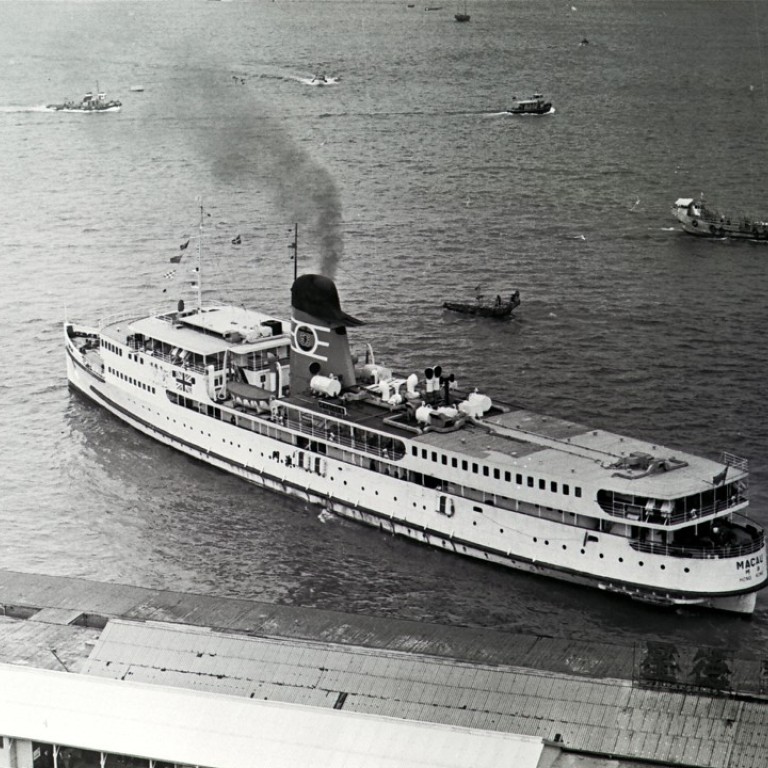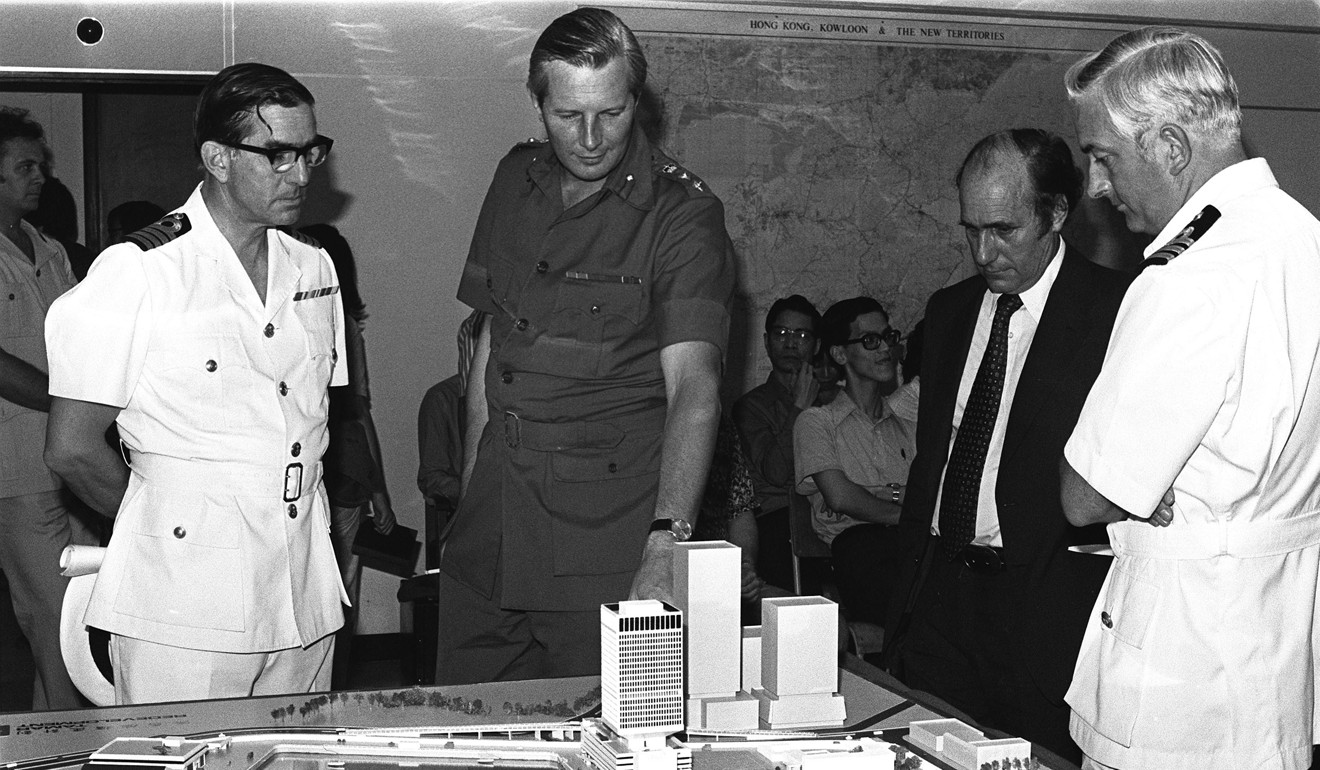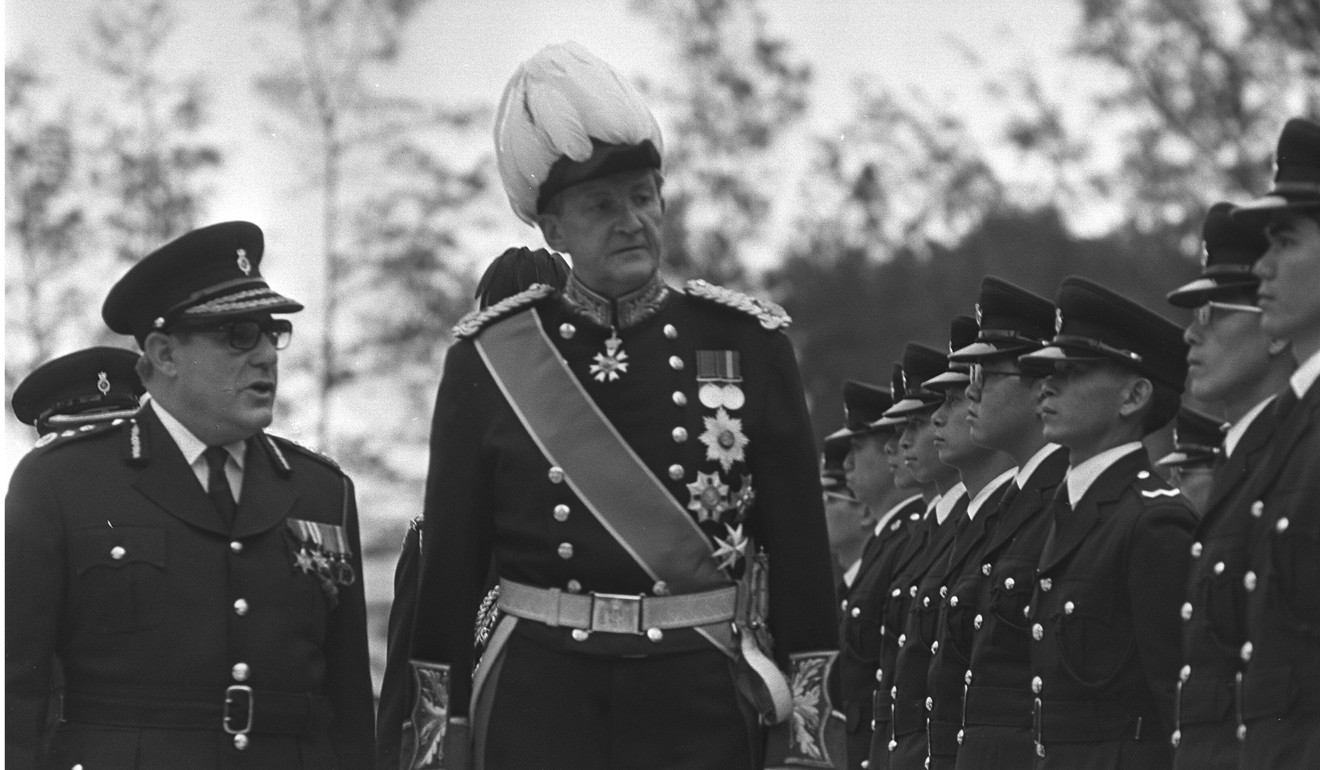
Macau’s marine ambitions, a dead Saudi princess and a gruesome cancer ‘cure’: headlines from 40 years ago
A journey back through time to look at significant news and events reported by the South China Morning Post from this week in history
The very thought of Macau being a significant marine industry hub is a very faraway one, but four decades ago this week it seemed closer to reality when the government announced plans to increase the city’s land area by 25 per cent; this would have been achieved through reclamation to facilitate the construction of shipyards and related infrastructure. Back in Hong Kong, the sale of the government’s first batch of semi-subsidised flats excited many Hongkongers with dreams of becoming homeowners.
January 22, 1978
● The Immigration Department announced that it would refuse to allow holders of no-nation “passports”, issued by the World Service Authority, to land in Hong Kong. The announcement was made when a copy of the blue and gold document, issued by the WSA’s office in Switzerland, surfaced in the city a few days earlier. The cover of the controversial document was similar to that of any other travel document, except it deliberately omitted the holder’s nationality. The passport was the creation of Gary Davis, a former American second world war bomber pilot, who was pushing for a “world without frontiers”.
● The Indonesian government suspended all student activities on the grounds that such doings posed a threat to the state. The action was taken by the powerful Peace Restoration Command and applied to all student councils from universities and other institutions of higher learning throughout the country.

January 23, 1978
● The Macau government announced plans to expand the land area of the Portuguese enclave by as much as 25 per cent through reclamation in the near future. The government hoped the development would attract heavy marine industry investments such as shipyards, repair and maintenance workshops and work linked to its national fishing fleet.
● Through the introduction of various amendments, laws involving the prosecution of rapists were due to be overhauled in favour of protecting victims. This would be achieved by granting victims anonymity in court as a way to protect them from sensitive examinations of their sexual history, which would bring Hong Kong law in line with British common law. Before the legal review, the defence could seek to prove sexual promiscuity on the part of the victim and unnecessarily expose victims to harrowing court appearances.
● Princess Misha of Saudi Arabia and her commoner husband were executed in the Red Sea city of Jeddah because of her marriage outside the Saudi royal family, The Observer reported. The 23-year-old princess was shot to death in front of her husband, who was subsequently beheaded. The executions were carried out by the security team of Mohammed bin Abdul Aziz, the late princess’ grandfather.
Protests by horse handlers, a Hong Kong hitman in New York and shady moneylenders: headlines from four decades ago
January 24, 1978
● Three 42-storey residential towers – Hong Kong’s tallest homes at the time – were to be built on the Wan Chai Reclamation project. Causeway Centre, valued by property developers at about HK$400 million, was to be built on a 46,500 sq ft site near the Wan Chai Pier. The average size of each of the 936 units would be about 500 sq ft. The complex would be equipped with electronic alarm systems, high-speed lifts, caretakers and garden areas on the podium.
● About 100 prison officers in riot gear were sent to Ma Po Ping Prison on Lantau Island in response to a rumour that a group of prisoners was planning a sit-in over their cigarette ration, which the prisoners claimed was not being given out fairly by the officers in charge.

January 25, 1978
● A Soviet satellite powered by a nuclear reactor disintegrated in the Earth’s atmosphere over Canada. President Jimmy Carter’s National Security Adviser, Zbigniew Brzezinski, said that when the Cosmos satellite containing highly radioactive enriched Uranium-235 entered the atmosphere, “it proceeded to disintegrate and burn up” over Canada’s west coast. He did not disclose what the satellite’s intended purpose was but confirmed that it was a Soviet military unit.
● Land was to be set aside in the Victoria Barracks area for the construction of a building to house various professional bodies. The Joint Professional Headquarters would be located close to the future Supreme Court building, which was expected to take five years to complete.
‘live wire’ gang, fake $50 bank notes and the American involved in the Cultural Revolution: headlines from four decades ago
January 26, 1978
● The Public Works Department threw down the gauntlet to the owners of a block of flats on The Peak after residents refused to pay for remedial work on a slope behind their tower due to a potential landslide danger. The department said it was the responsibility of the owners to shoulder the costs of any work needed to make sure a building was safe, according to the relevant laws.
January 27, 1978
● Home ownership became a reality for 800 families as they snapped up small flats in the new Tsuen Wan Centre in Tsuen Wan. About 1,000 potential homebuyers packed Sun Hung Kai’s headquarters to purchase the units, which sold for an average of HK$110,000 each. Those who were unsuccessful in their bid received some good news: the government would soon roll out the first batch of Home Ownership Scheme flats with prices ranging from HK$90,600 to HK$165,900.
● A Taiwanese schoolgirl fed a piece of her own flesh to her terminally ill mother in an attempt to cure her cancer. Yang Feng-huan, a university student, cut the flesh from her arm and cooked it with Chinese medicinal tinctures. Unsurprisingly, the home remedy did little to alleviate her mother’s condition.

January 28, 1978
● A local triad’s short-sighted attempt to extort HK$500,000 from desperate home-hunters was foiled when Housing Department demolition teams tore down about 100 illegal huts at the foot of Lion Rock Hill. The flimsy huts, most of which were unoccupied, had been erected by gang members for sale for around HK$5,000 each, according to a government spokesman.
● Governor Murray MacLehose said the police force was “probably” suffering from weaknesses in its communications and chain of command as a result of “very rapid expansion”. However, he also acknowledged that the force had become far more effective in containing crime. His comments came against the backdrop of a series of police protests in relation to an anti-corruption campaign the year before.
Remember A Day looks at significant news and events reported by the Post during this week in history

